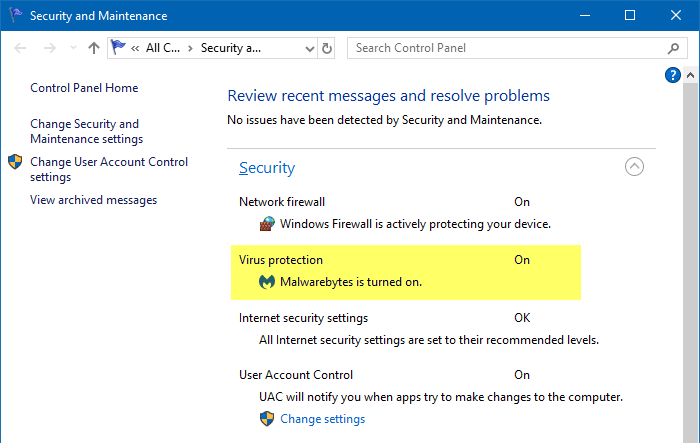


When a detection is restored, a notification displays in the in-app notification center, and the event can be reviewed in detection History reports. When Automatic quarantine is enabled, this setting allows Malwarebytes to automatically restore detections that were quarantined but were later found to be false-positive detections. Quarantine: the threat is removed and placed in quarantine, where it no longer impacts the device.Īutomatically unquarantine when detected malware is a false positive.

Ignore always: the threat is added to Allow list and will not be detected again.Ignore once: the threat remains on the device, but will be detected in the next scan.If the setting is toggled off, a notification displays in the lower right corner of the screen for each detection, and you must specify how to action the detection. Specify if threats are automatically quarantined when detected. Automatically quarantine malware upon detection Automatic quarantineĪvailable to paid and trial users. You can set the increment to minutes, hours, and days. Update threat intelligenceĮnable this setting to automatically check for protection updates, and set the interval when the checks occur, between every 15 minutes and 14 days. Scroll through the Security settings to see all configurable items. Malwarebytes Premium subscribers and Trial users benefit from additional settings. Access Security settings by clicking the Settings gear on the top-right corner of the Dashboard, then selecting the Security tab. Configure how Malwarebytes protects your device in the Security tab of the Settings screen in Malwarebytes for Windows.


 0 kommentar(er)
0 kommentar(er)
